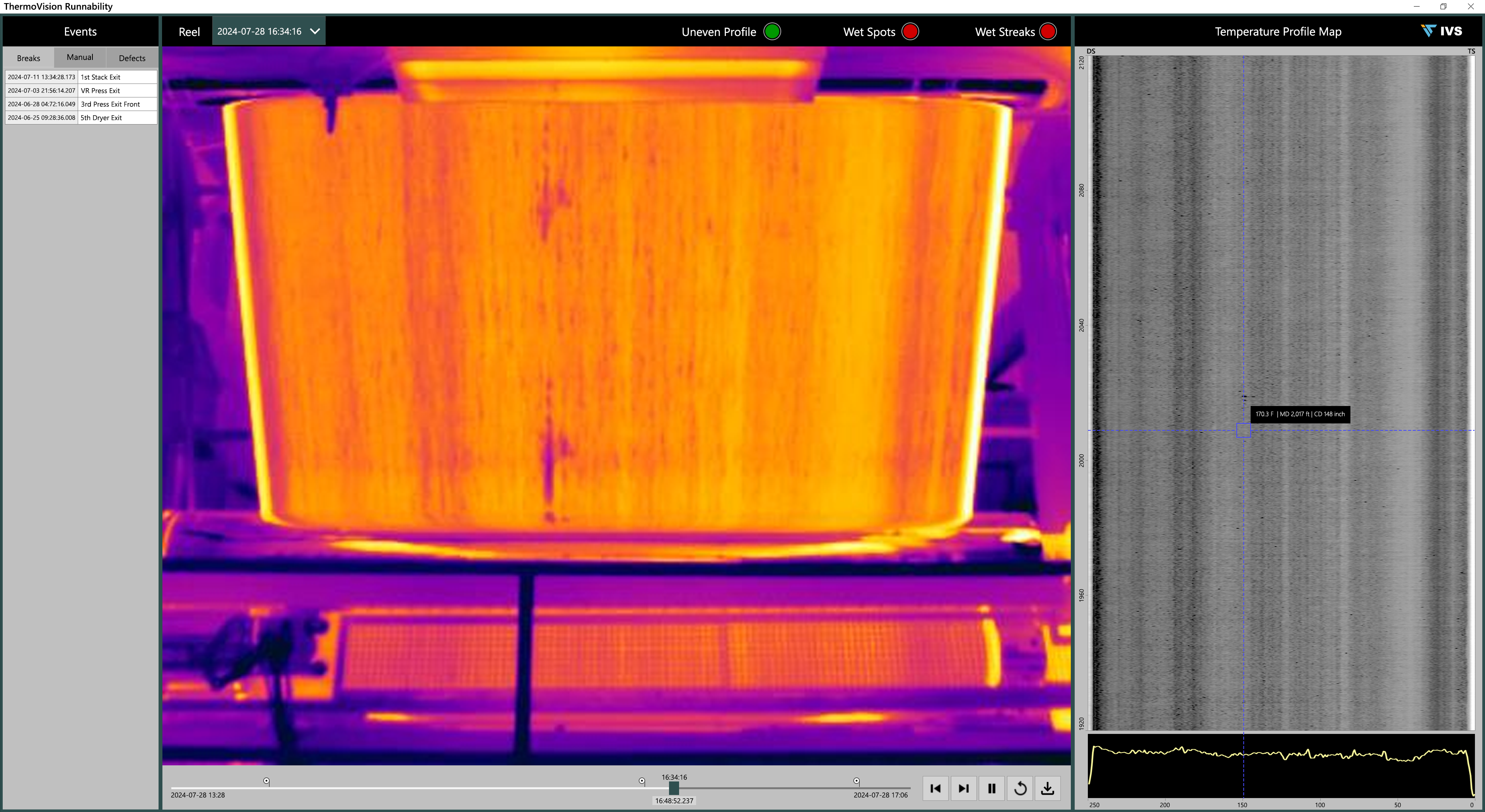Remotely-operated vehicles (ROVs) are emerging mobile technologies that are used underwater that have continued to evolve.
Oceaneering International will supply Mærsk Supply Service A/S with eight work-class remotely operated vehicles (ROVs) and associated services, including subsea tooling, engineering, communication and data solutions, the company recently announced.
The ROVs will be installed onboard six Mærsk vessels, including two Stingray-class subsea-intervention vessels and four Starfish-class anchor-handling tug-supply vessels, scheduled for delivery through 2017.
"This award is consistent with our stated objective to increase the number of ROVs onboard third-party vessels while maintaining our ROV market share on contracted rigs and those most likely to return to work," M. Kevin McEvoy, then-CEO of Oceaneering, said.
A typical hydrographic ROV configuration includes a video camera, lights, sonar systems, and an articulation arm used to retrieve small objects, cut lines or attach lifting hooks to large objects.
Steps forward
Despite slowed subsea markets, ROV innovation is proceeding at a rapid pace, Anthony Harwin, Oceaneering ROV manager, said.
"ROVs are often considered a submarine, but they are far more than that," Harwin said. "Today, ROVs are underwater remote-control robotic systems."
As tasks undertaken by the machines evolve, so do the ROVs themselves. Today’s machine, while similar in look and features to that of 30 years ago, is more capable and evolving quickly, Harwin said. Emerging mobile technologies are the engine for many ROV supporting technologies. Cameras and other devices, data-handling and transmission and mining software used with ROVs benefit from mobility.
"Combining lessons learned in harsh-environment about reliability and redundancy with the ability to move data super-fast between any two points on the globe, we have a hand-in-glove solution with our remote-piloting offering," Harwin said. "With almost daily breakthroughs in autonomous flight control, we expect this pace of development to only increase."
To facilitate the functionality of a remotely-piloted system, several capabilities had to mature over the past several years. "For one, when considering the time-delay or latency between command and response, there had to be bridges the machine could incorporate," Harwin said.
Take, for example, Oceaneering’s work in the field of piecewise autonomy: the ability for an ROV to be self-sufficient with tasks. Typical ROV control calls for the pilot to perform similar activities to that of flying a plane or helicopter. You twist the joystick to the right, for example, or close the manipulator jaw. With piecewise autonomy, instead of the pilot controlling the joystick for flight or the manipulator for grabbing an object, the machine simply needs be told to "fly to the subsea panel" or "turn valve number two."
Besides comparisons to submarines and robots, ROVs have similarities to drones. "As with the evolution to the driverless car, ROVs will morph into autonomous underwater vehicles (AUV). These won’t be like today’s AUVs, which are limited in application without manipulators and tools to perform work, but rather AUVs that perform work in response to a more awakened subsea architecture," Harwin said.
To start, tasks performed by autonomous ROVs will be little different than those of other ROVs, Harwin said. "In the future, however—and not so far in the future—the vehicle’s missions will become more complex and include monitoring the health of subsea assets, re-configuring subsea systems around problems or needs, and at some stage, making those management decisions with very little human interaction."
For the present
In closing, Harwin noted that emerging computing and communications technologies do not obviate the need for ever-better engineering of ROVs. "The basics include that certain physical aspects must remain as inert as possible to the robot’s environment. Buoyancy must remain neutral. The center of gravity must be stiff—much like the relationship between a man and his parachute. Thrust delivered by way of eight directional propeller systems must be more than adequate in every axis to make the machine as spatially capable as possible."
Despite volatility in the offshore oil & gas markets, Oceaneering, like its customers, remains committed to deepwater, said McEvoy during the company’s Q4 2016 results and earnings conference call. "We intend to continue investing in our current and adjacent market niches, with more focus on our customers’ operating expenditures and the production phase of the offshore oilfield lifecycle. Beyond 2017, with stable and improving oil prices, we foresee an increase in deepwater expenditures."
This article appeared in the April 2017 edition of Oil & Gas Engineering.



